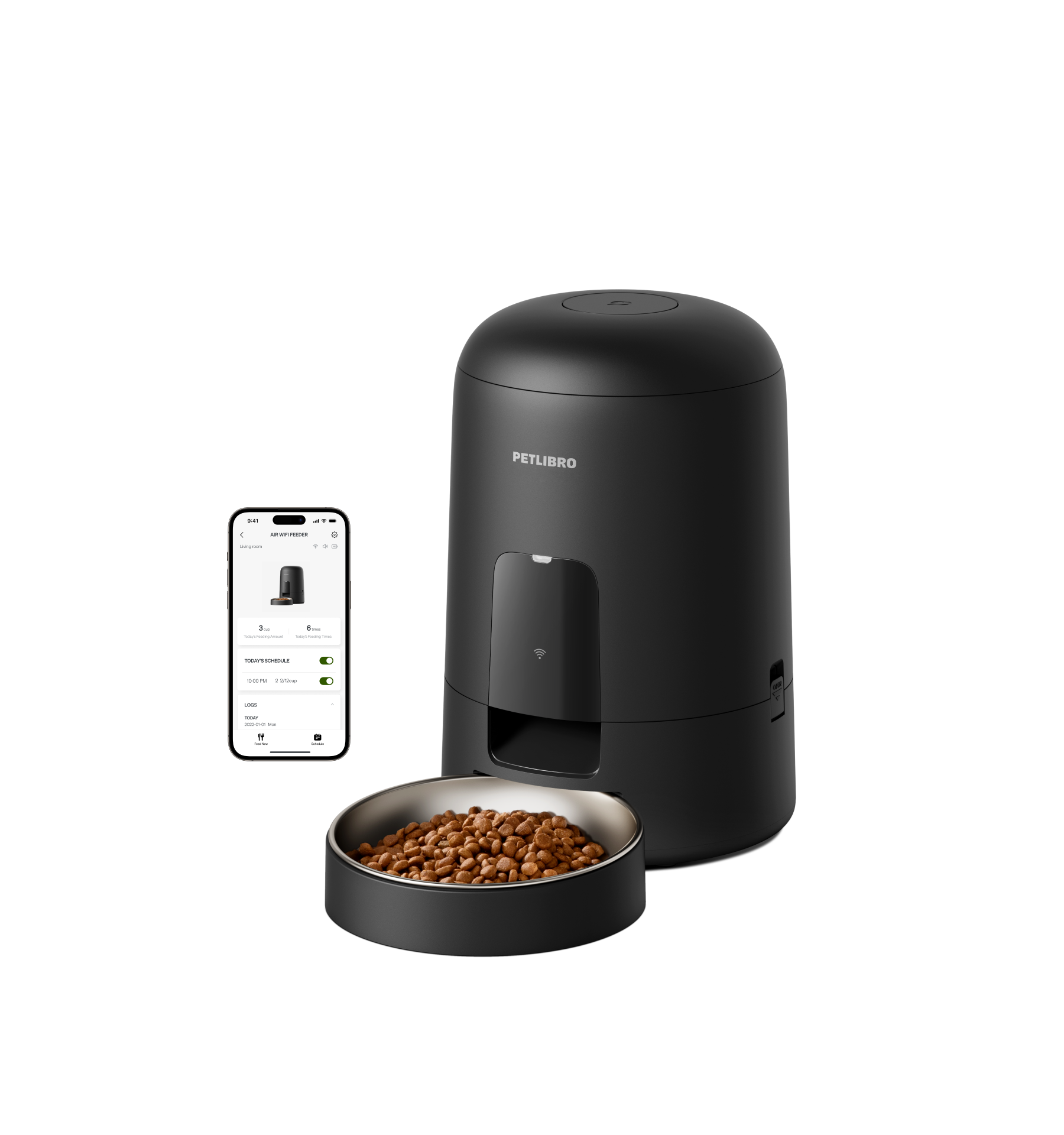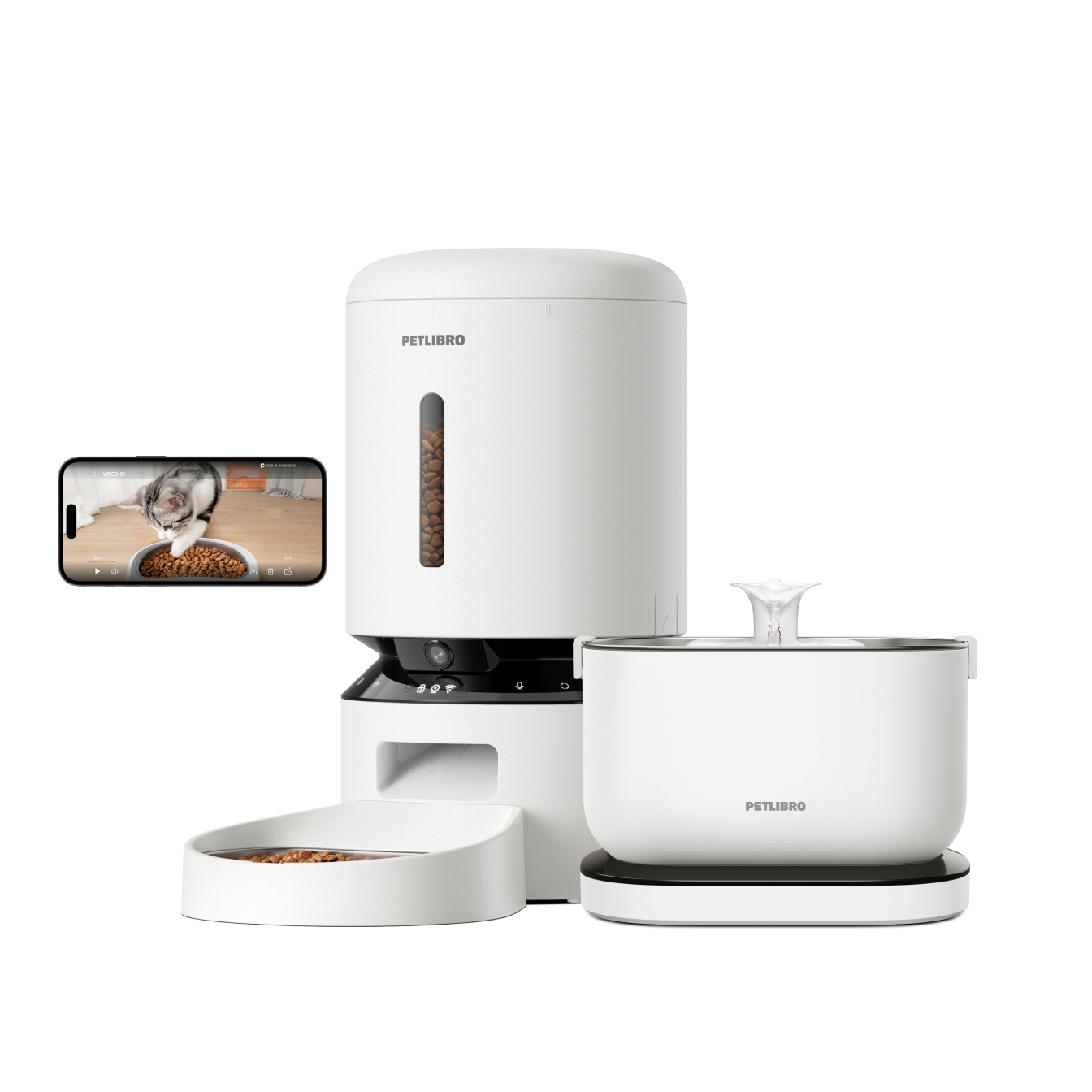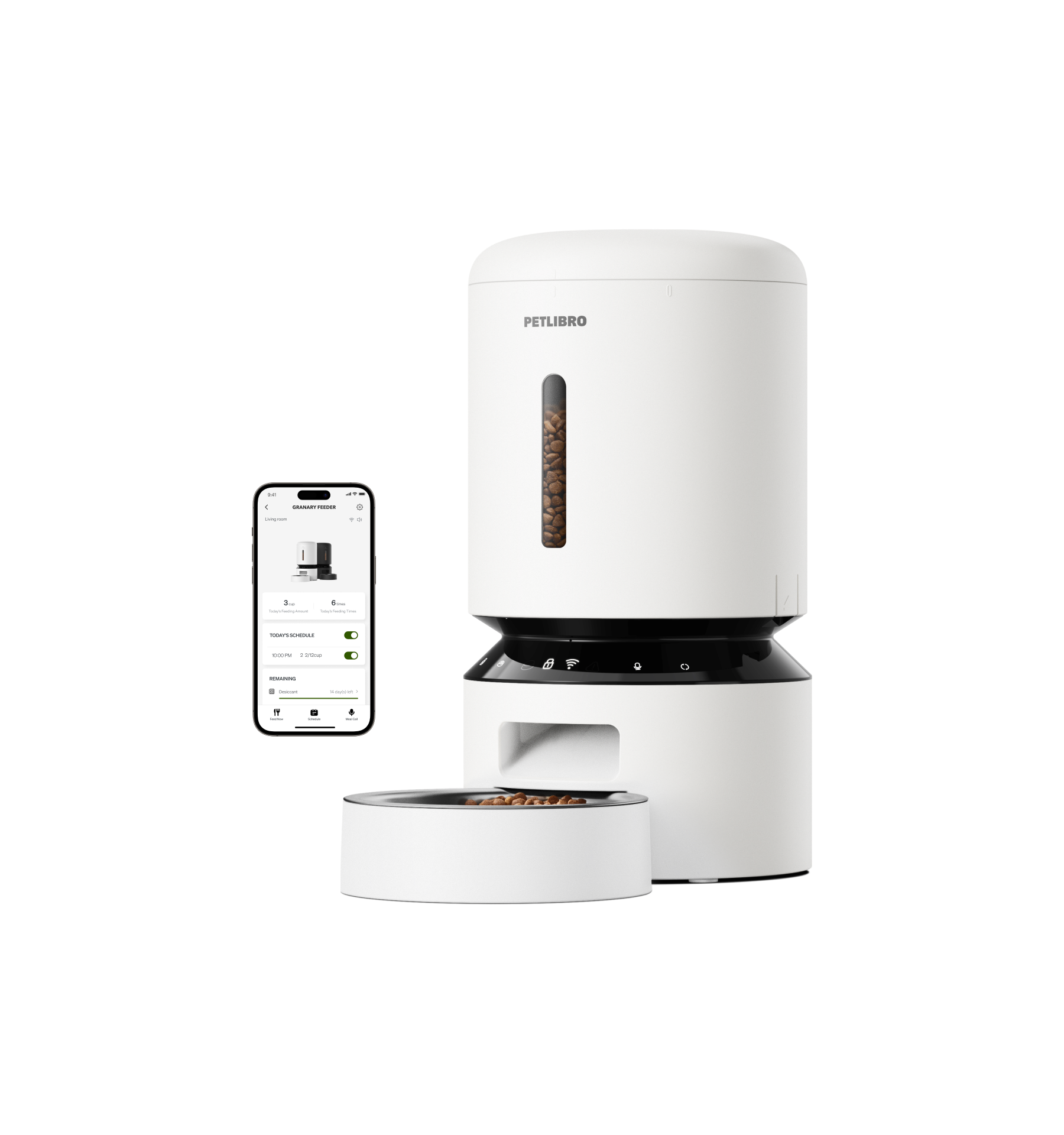Our picks for you
Our picks for you

Air Smart Feeder
Smart, cordless, and versatile
$119.99

Capsule Dog Fountain
The fountain your dog deserves
$99.99

Dockstream Cordless Fountain
Cordless design for easy portability
$119.99

Dockstream Cordless Fountain
Cordless design for easy portability
$109.99

Granary Smart Camera Feeder
Make every mealtime a dinner date
$229.99

Granary Smart Camera Feeder & Fountain Bundle
Includes Dockstream Cordless Fountain
$339.98
$349.98

Granary Smart Feeder
Automatic feeding with app control
$149.99

Granary Smart Feeder & Dockstream Cordless Fountain
Includes Dockstream Cordless Fountain
$259.98
$269.98

Granary Smart Feeder Set
Includes two feeders with smart Wi-Fi control
$289.98
$299.98











